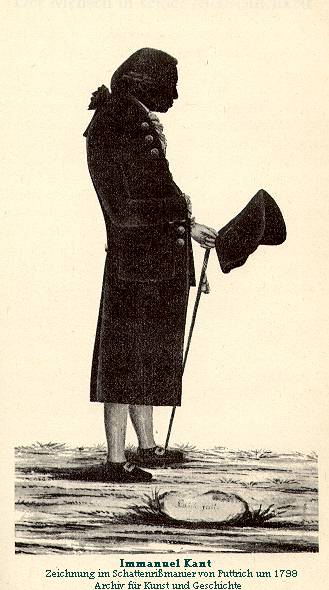In The Cambridge Companion to Kant, Professor Eva Schaper writes that Kant is “the father of modern aesthetics.”*
While it’s initially shocking to think that the priggish and uptight Kant has anything to do with the often-nihilistic modern art world—Kant is arguably the most influential philosopher in the last two centuries—and it’s important for critics and artists to understand the connections.

In the following interview conducted by artist and art critic Jan-Ove Tuv, I discuss Kant’s general philosophy and his philosophy of art.
Related: Kant’s foundational Critique of Pure Reason, in the Philosophers, Explained series.
- * Source: Eva Schaper, “Taste, Sublimity, and Genius: the Aesthetics of Nature and Art,” in Paul Guyer, ed.,The Cambridge Companion to Kant, Cambridge University Press, 1992, p. 368.
The philosophy of aesthetics is certainly one of the greatest philosophical aberrations among so many others (including the Allegory of the Cave) because it ends up sticking the reason of aesthetics on what is not by the reason of aesthetics. The object of study ends up losing its primary reason. It would take more than one life to dismantle all the philosophical impostures creating afterworlds ending up being totally disconnected from reality, while wanting to impact the world of substantial reality, and even ending up being disconnected from experimental science, from the rigorous observation of substantial reality.
Tracing the Colors of Ancient Sculpture : https://www.sciencesetavenir.fr/assets/img/2016/08/30/cover-r4x3w1200-57e17ab948a7c-paris-archer.jpg